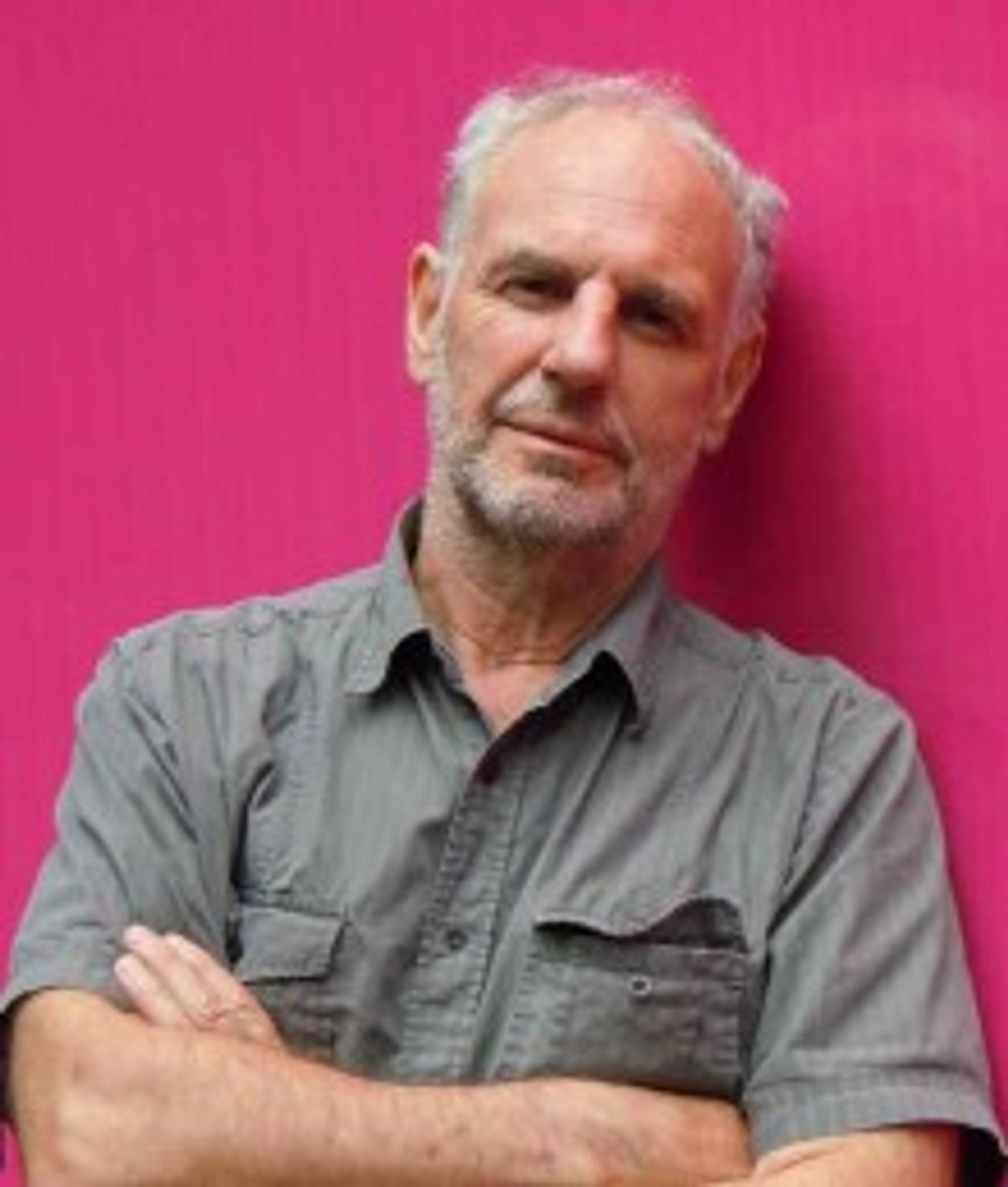The Sarco: 3D Printed Painless Suicide Pod
Philip Nitschke, a former Australian doctor now based in the Netherlands, has invented a new 3D printed suicide pod. He has created several suicide devices, some of which have been successfully used. The new Sarco machine is made by a 3D printer and enables painless suicide for the user. It is still in the design phases and an artist rendering is below.
To use the Sarco pod, which Nitschke says will be available next year, patients will take a test evaluating their understanding of their decision and soundness of mind. They initiate a suicide process within the sealed pod themselves – use of the device does not necesarily involve a doctor -- and liquid nitrogen fills the enclosed space. As oxygen levels drop people would painlessly lose consciousness and then die within minutes. As of Dec. 2017, Nitschke is in the process of meeting with suicide clinics in Switzerland about licensing this invention, Newsweek reports. Sarco means flesh, from the Greek sarx.
Nitschke is now in his 70s and is the founder of Exit International, once known as the Voluntary Euthanasia Research 
Nitschke cites the “Thanatron,” an assisted-death machine invented by Dr. Jack Kevorkian, as an inspiration. Kevorkian, who died in 2011, claimed to have carried out over 100 assisted suicides in the U.S. and is known for saying, "Dying is not a crime.” In 1998, the assisted suicide of his patient Thomas York was broadcast on CBS's 60 Minutes. In 1999, he was convicted of second-degree murder for injecting the patient himself and served eight years.
Nitschke invented several devices before the Sarco pod, such as “The Deliverance,” which used a computer program to trigger a lethal injection and was used four times while legal in the 90s. He also created a carbon monoxide “Exit Bag” that was not popular due to its appearance mimicking a plastic bag. He is the author the Peaceful Pill Handbook, which offers guidelines for pain-free suicide.
Physician-assisted suicide is legal in Vermont, Oregon, Washington and California, and in Montana via court approval. Patients are required to be terminally ill and to be expected to die within six months to participate in assisted suicide.
Dr. Daniel Sulmasy, a professor of biomedical ethics at Georgetown, told Newsweek that a process known as the “rule of double effect” also allows doctors to aid patients in these conditions. This rule states that patients can agree to the risk of their doctor continually increasing pain medication “until pain is completely under control, which may mean administering enough to render the patient unconscious or kill them.”
CNN offers a timeline of major legislative changes in the U.S. relating to assisted suicide.









